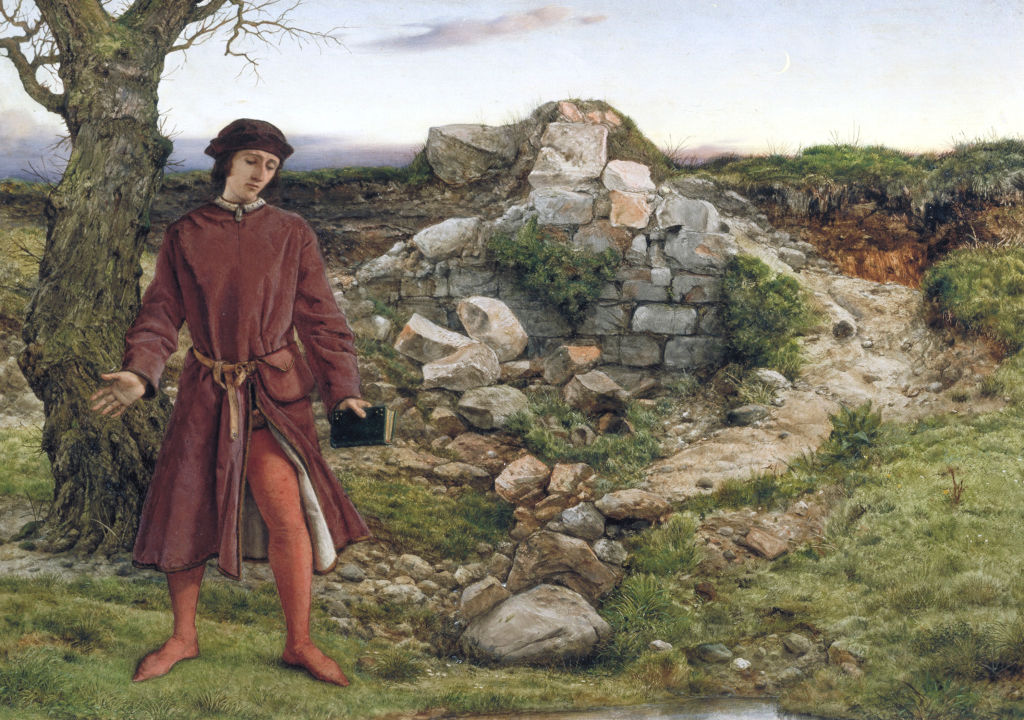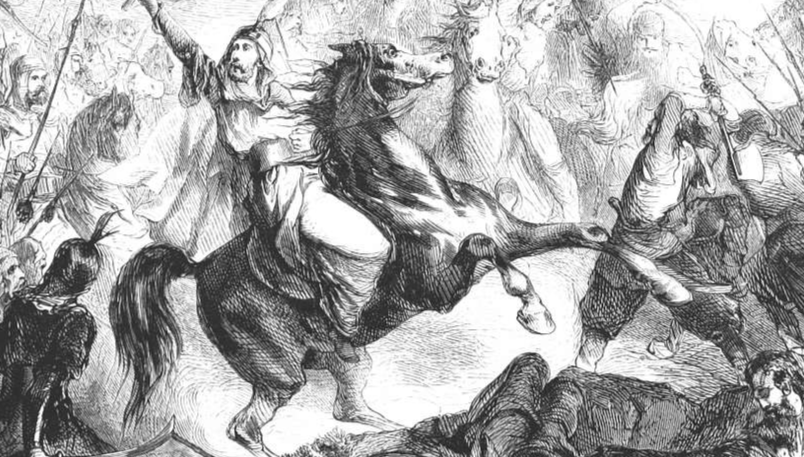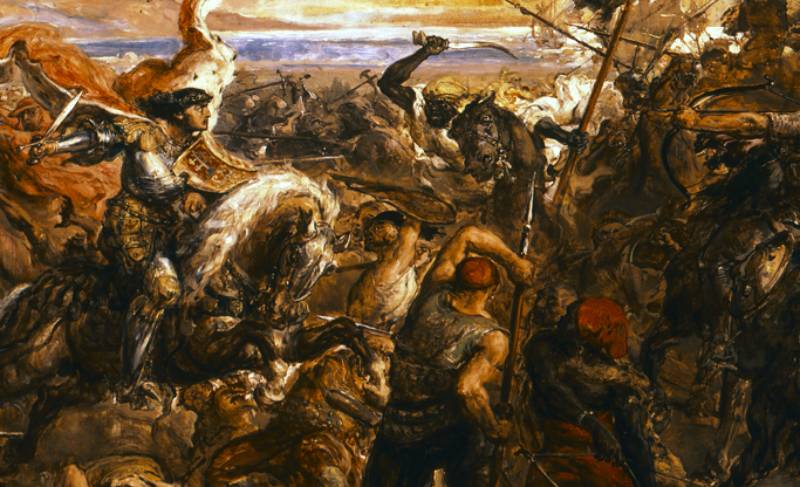The Immense Casualties Of The Hundred Years' War
The Hundred Years' War was a conflict between the kingdoms of England and France and a civil war in France during the Medieval Era. And although the Battle of Agincourt is the most famous battle that took place—and it was absolutely brutal—another horrific battle actually saw over a thousand more casualties.

Battle of Agincourt, 1415, An English Victory, 6,000 Casualties
The Battle of Agincourt resulted in the victory of the English over the French. And while the English lost about 400 men, the French lost as many as 6,000.
At Verneuil, the French were already on the back foot after Agincourt. The English broke the French lines and many of them fled, leaving only a lone force of Scots to fight the English alone.
English warriors showed no quarter against the Scotsman, and they were almost completely wiped out.
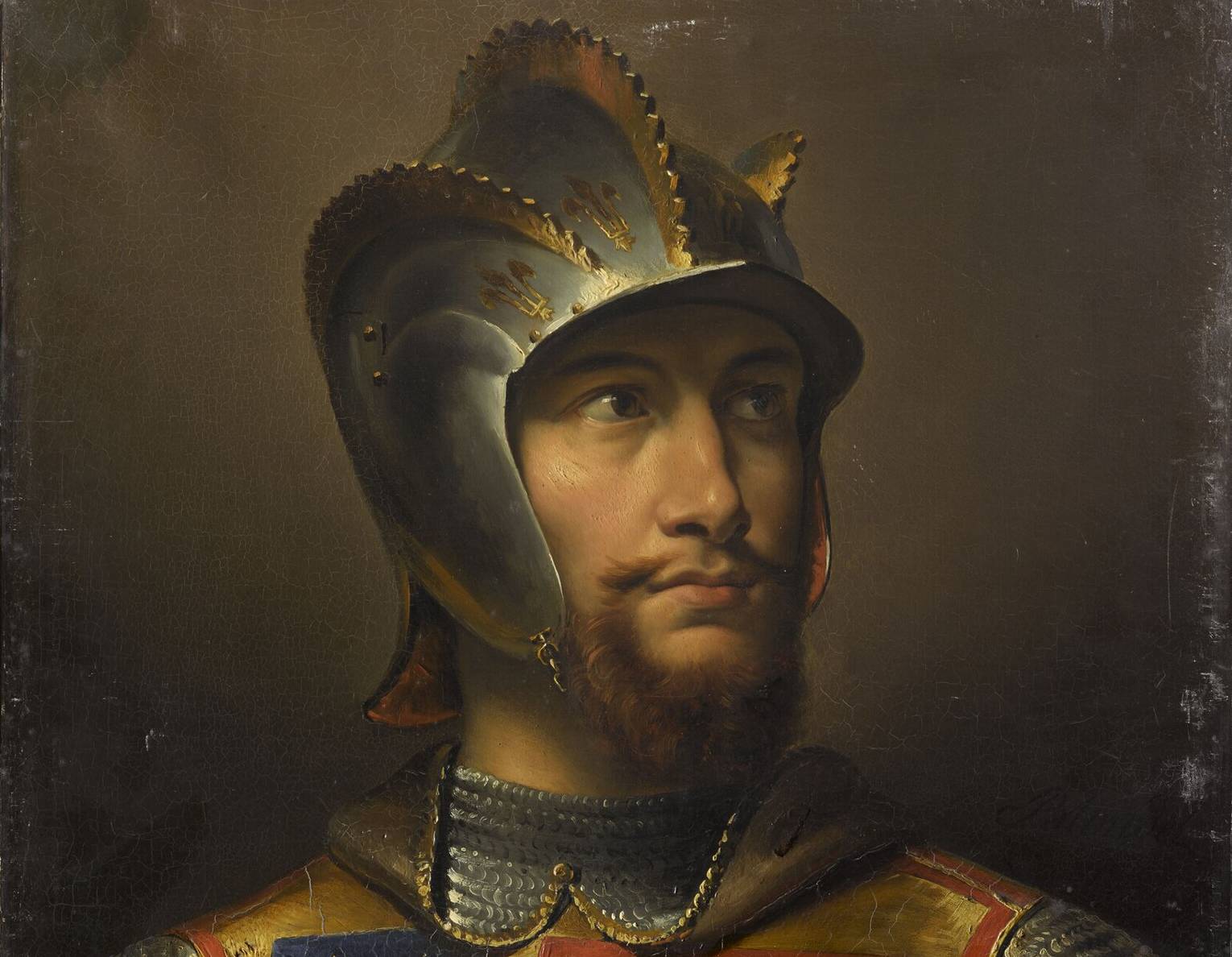 Merry-Joseph Blondel, Wikimedia Commons
Merry-Joseph Blondel, Wikimedia Commons
Battle of Bannockburn, 1314, First War of Scottish Independence, 19,000 Casualties
William Wallace may not have lived to see it, but the Battle of Bannockburn was a crucial moment in the First War of Scottish Independence—and one of the most humiliating defeats in English history.
 Edmund Leighton, Wikimedia Commons
Edmund Leighton, Wikimedia Commons
FREEDOM
On the first day, the Scottish leader Robert the Bruce split Sir Henry de Bohun's head open in spectacular one-on-one combat. On the second day, King Edward II fled the field, causing his enormous army to panic and run for their lives.
The Scots cut the Englishmen down as they fled. It's estimated that only one in three men made it back home.
 Sigma Films, Outlaw king (2018)
Sigma Films, Outlaw king (2018)
Battle of Mansurah, 1250, Seventh Crusade, 21,000 Casualties
During the Seventh Crusade, European leaders attacked Egypt, hoping to gain a foothold before eventually conquering Jerusalem. Unfortunately for them, they got completely outfoxed—and they paid for it dearly.
Walked Into A Trap
The large contingent of Crusaders strolled into the town of Mansurah, Egypt thinking it was totally deserted. They were wrong. Muslim forces locked them inside then set upon the Crusaders from every angle.
It's Over, Dog
Though King Louis IX of France managed to gather what remained of his forces, he was forced to retreat to the coast. The Ayyubid forces chased him there, where the last Crusaders were wiped out and Louis was captured.
 Guillaume de Saint-Pathus, Wikimedia Commons
Guillaume de Saint-Pathus, Wikimedia Commons
We Totally Won!
Back in Europe, however, the survivors just lied and said Louis had captured Egypt. How were a bunch of peasants working in the muck ever going to know the difference?
 Unknown Author, Wikimedia Commons
Unknown Author, Wikimedia Commons
Battle of Towton, 1461, Wars of the Roses, 28,000 Casualties
There were a lot of battles during the Wars of the Roses, but the Battle of Towton was the most brutal. During a whirling March snowstorm, 50,000 Englishmen met on the battlefield—and thousands of them never left it.
Hell On Earth
With the conditions making bowmen ineffective, the forces of the House of York and the House of Lancaster fought in grueling, hand-to-hand combat for 10 long hours. But when the tide turned against the Lancastrians, it was a tidal wave.
Snow, Mud, And Blood
The late arrival of Yorkist reinforcements gave them the boost they needed. The Lancastrians folded and tried to flee, but Yorkists cut them down as they tried to run through the mud, over their fallen comrades.
 Channel 5 Productions, Britain's Bloody Crown (2016)
Channel 5 Productions, Britain's Bloody Crown (2016)
A High Price To Pay
King Henry VI fled England and Edward of York became King Edward IV, but at a terrible cost. Towton holds the distinction as likely the bloodiest battle ever fought on English soil.
 National Portrait Gallery, Wikimedia Commons
National Portrait Gallery, Wikimedia Commons
Battle of Roosebeke, 1382, Hundred Years' War, 27,600 Casualties
Agincourt saw fewer casualties than Verneuil, and Vernueil saw fewer casualties than the Battle of Roosebeke. This time, poor mad King Charles VI of France was actually on the winning side—and he definitely didn't show any mercy.
 Mazarine Master, Wikimedia Commons
Mazarine Master, Wikimedia Commons
Strike While The Iron's Hot
Fighting with England was a drain on France's resources, so Flemish patriot Philip van Artevelde took advantage of the chaos to raise an army in Ghent and rebel against King Louis's crony, Count Louis II of Flanders.
It went really well, actually—until it really didn't.
Fly Out On The Second Pitch
Philip van Artevelde won one battle against Count Louis and it made him confident. Maybe arrogant. He paid for it dearly. At the Battle of Roosebeke, despite greatly outnumbering the French force, he brought thousands of men to the field to die.
Terror Tactics
The rebels had numbers, but the French had knights. When French cavalry broke through the rebel flank, van Artevelde's men lost their nerve. They turned and ran—and we all know how that goes.
 Universal History Archive, Getty Images
Universal History Archive, Getty Images
You Get What You Pay For
Eventually, the remaining Flemish force was forced to form a circle, Philip van Artevelde right there with them. An estimated 27,000 men lost their lives that day—but only van Artevelde's body was strung up and put on display out of spite.
 MOKE, Henri Guillaume, Wikimedia Commons
MOKE, Henri Guillaume, Wikimedia Commons
Battle of the Kalka River, 1223, Mongol Invasion Of Rus', 50,000 Casualties
The Mongols who triumphed at the brutal Battle of the Kalka River weren't even part of Genghis Khan's main horde. This was just a splinter group led by two of his generals, Jebe and Subutai, who wanted to do some pillaging.
And boy did they.
 Universal History Archive, Getty Images
Universal History Archive, Getty Images
No Match For The Mongols
The Mongols faced a coalition of Russian princes from states like Kiev and Galicia, and their allies. They were on their home turf—but they were no match for the Mongols' cunning.
 Unknown Author, Wikimedia Commons
Unknown Author, Wikimedia Commons
The Oldest Trick In The Book
The Mongols attacked the Russian force, then feigned retreat. It worked like a charm. The Russian forces chased them for days, getting spread out in the process.
By the time they realized what was happening, it was far too late.
Trap Card
The Mongols turned and stood their ground at the Kalka River. The first Russian force, led by Mstislav the Bold, was a little too bold and attacked without waiting for backup. The Mongols wiped the floor with them—then set upon the confused Russians who were bringing up the rear.
 William Cho, CC BY-SA 2.0, Wikimedia Commons
William Cho, CC BY-SA 2.0, Wikimedia Commons
White Flag
One prince, Mstislav of Kiev, managed to get his men into a fortified camp, but the Mongols surrounded them. After a three day siege, they offered their surrender in return for safe passage back home.
The Mongols agreed, the Russians opened the gates—and the Mongols cut down everyone inside.
It's Bad And It's BAD
It's estimated that 60 to as many as 90% of the Russian forces were slain in the Battle of the Kalka River, which could have numbered as many as 80,000. But the long term consequences were terrible too.
Jebe and Subutai gained important information about the geography and people of Rus'. The Mongols would later return to subjugate the region for centuries.
Battle of Civetot, 1096, People's Crusade, Over 50,000 Casualties
In 1095, Pope Urban II of Rome urged all faithful Christians to take up a Crusade to reclaim Jerusalem. People listened, and eventually around 40,000 Christians, the vast majority simple peasants, sailed for the Holy Land.
They never made it.
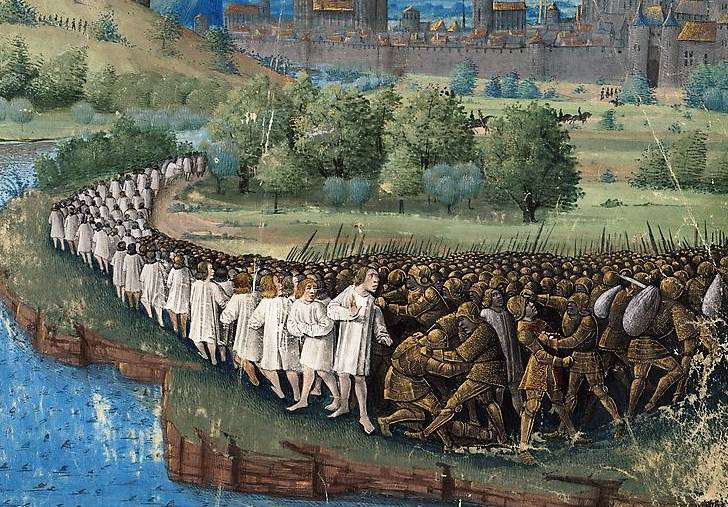 Jean Colombe, Wikimedia Commons
Jean Colombe, Wikimedia Commons
Try Your Best!
Pope Urban II told Christians to reclaim the Holy Land, but that's about all he did. The People's Crusade was basically a completely unorganized mass of normal people, not professional soldiers.
When the met the Seljuk Turks at the Battle of Civetot in Anatolia, it went...pretty much how you'd expect.
 Unknown Author, Wikimedia Commons
Unknown Author, Wikimedia Commons
They Felt Invincible
First, the People's Crusade split their force in two, so there were only 20,000 men left at Civetot. Even better, the Turks started spreading a rumor that other Crusaders had easily conquered the city of Nicea.
Hearing this, the peasants of the People's Crusade charged blindly into battle. They didn't realize they'd been completely deceived.
 Unknown Author, Wikimedia Commons
Unknown Author, Wikimedia Commons
Don't Believe Everything You Hear
The Crusaders hadn't actually conquered Nicea. In reality, they were easily defeated and almost completely wiped out—and that's exactly what happened to the men at Civetot.
The Only Survivors
After the slaughter at Civetot, a small contingent of the Crusaders managed to take refuge in an abandoned castle, where they held out until the Byzantines sent a force to rescue them. They were the only survivors of the People's Crusade.
 Jean Colombe, Wikimedia Commons
Jean Colombe, Wikimedia Commons
Battle of Maritsa, 1389, Serbian-Ottoman Wars, 57,000 Casualties
As the Ottomans spread out from Anatolia into Western Europe, they met resistance from the Serbians. When the King of Serbia heard that the Ottoman's main force had left Europe, he gathered a massive army and went on the offensive.
He was setting himself up for one of the most humiliating defeats in history.
In Their Cups
The Serbs had upwards of 70,000 men at their disposal, while there as few as 800 Ottomans. However, before the battle actually began, the Ottomans got intel that the Serbian force had been drinking.
The Ottomans weren't going to wait for them to sober up.
 Unknown Author, Wikimedia Commons
Unknown Author, Wikimedia Commons
Got Them With Their Pants Down
The small force of Ottomans stormed the Serbian camp in the middle of the night, after the Serbs had become intoxicated. Thousands were slain, and thousands more drowned in the Maritsa as they tried to flee.
 Galia ^, CC BY-SA 3.0 , Wikimedia Commons
Galia ^, CC BY-SA 3.0 , Wikimedia Commons
Heavy Losses
Historians estimate there were upwards of 57,000 Serbian casualties. Reports say that the Marista ran scarlet after the fighting stopped. And as the cherry on top, but the King of Serbia and his brother were slain.
But as though it couldn't get worse, this just led to an even worse battle.
 Darko Nikolovski, CC BY-SA 3.0, Wikimedia Commons
Darko Nikolovski, CC BY-SA 3.0, Wikimedia Commons
Battle of Kosovo, 1389, Serbian-Ottoman Wars, 60,000 Casualties
With their success at Maritsa, obviously the Ottomans were going to keep pushing into Serbia. This led them straight to the Battle of Kosovo, where this time, they got just as bad as they gave.
 Adam Stefanović, Wikimedia Commons
Adam Stefanović, Wikimedia Commons
Last Stand
The Serbian Prince Lazar began preparations for an Ottoman invasion as soon as he heard about Maritsa. The Ottoman Sultan Murad, meanwhile, brought his force to Kosovo, an essential crossroad in the Balkans.
The two sides met in battle—and it's safe to say that both of them lost.
 Vladislav Titelbah, Wikimedia Commons
Vladislav Titelbah, Wikimedia Commons
A Mass Of Men
Both Serbian and Turkish propaganda makes it difficult to say exactly what went down at Kosovo. We know as many as 65,000 men took the field—and we know that most of them never left it.
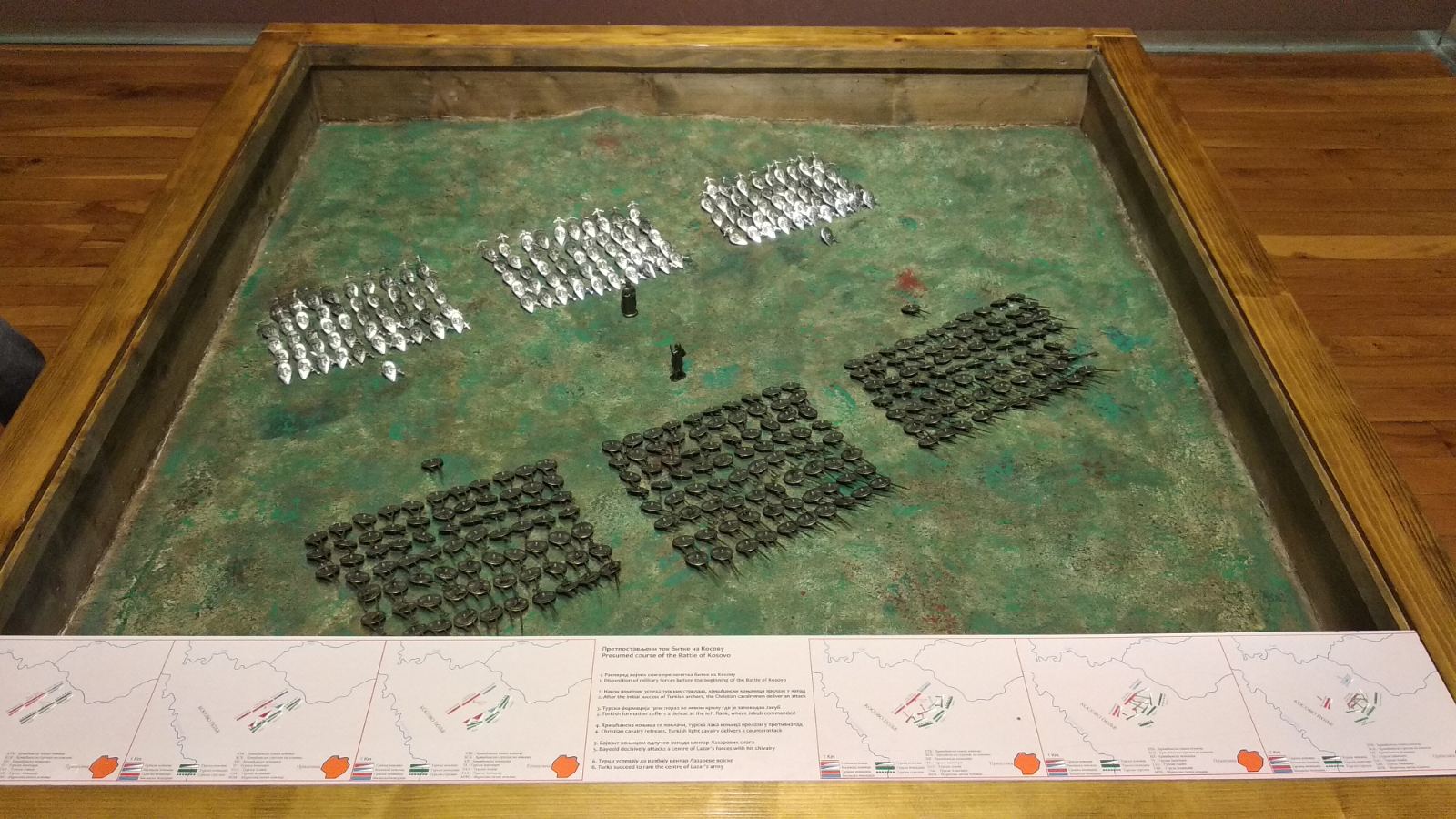 Pink Flojd, CC BY-SA 4.0 , Wikimedia Commons
Pink Flojd, CC BY-SA 4.0 , Wikimedia Commons
Heavy Losses On Both Sides
Though precise accounting of the battle does not exist, both the Serbs and the Turks suffered very heavy losses, with casualty estimates reaching as high as 60,000.
But two of those casualties meant a little more than the rest.
 Pink Flojd, CC BY-SA 4.0, Wikimedia Commons
Pink Flojd, CC BY-SA 4.0, Wikimedia Commons
Nobody Wins
It's hard to say who won the Battle of Kosovo, because both Prince Lazar and Sultan Murad were slain. Lazar was cut down in battle—but Murad's end was a lot more shocking.
 Unknown Author, Wikimedia Commons
Unknown Author, Wikimedia Commons
He Was Tricked
Legend has it that a Serbian soldier pretended to defect to the Ottomans. He made it as far as Murad himself—and the moment he was in striking range, he slashed out with his dagger.
The assassin didn't survive the encounter—but neither did Murad. It's the only time ever that an Ottoman Sultan lost his life in battle.
 Aleksandar Dobrić, Wikimedia Commons
Aleksandar Dobrić, Wikimedia Commons
Battle of Las Navas de Tolosa, 1212, Reconquista, Casualties: 60,000
The Reconquista was centuries of conflict that eventually led to the Christian kingdoms of Castile, Navarre, and Aragon reclaiming the Iberian peninsula from the Muslim Almohad Caliphate that had controlled the region for centuries.
Strife haunted the region for nearly 500 years—but the worst day was the Battle of Las Navas de Tolosa.
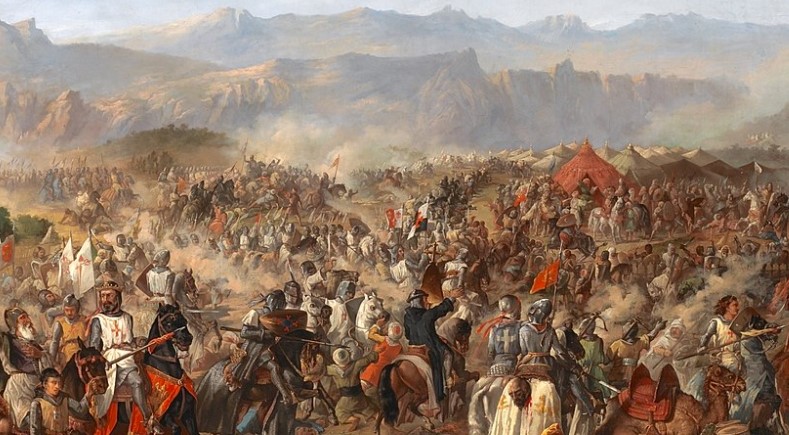 Francisco de Paula Van Halen, Wikimedia Commons
Francisco de Paula Van Halen, Wikimedia Commons
Put Up Or Shut Up
By the turn of the 13th-century, the Almohads were encroaching even deeper into Iberia and Europe at large, so the Pope called for a Crusade to push them back—and people showed up.
 Universidad de Sevilla , CC BY 2.0 , Wikimedia Commons
Universidad de Sevilla , CC BY 2.0 , Wikimedia Commons
Reinforcements
King Alonso VIII of Castille now had crusaders from all over Europe augmenting his forces. He also had a trick up his sleeve. Thanks to the knowledge of a local shepherd, he managed to sneak his men through a mountain pass and surprise the Almohad encampment.
Surprise!
The surprise attack meant that all the fighting was done at close-range—where the European knights had the clear advantage. Though the Almohad Caliph managed to escape, very few of his men did.
The Europeans lost perhaps 2,000 men. The Almohads lost at least ten times that, and they never really recovered. This was the beginning of the end of Muslim Iberia.
Battle of Varna, 1444, Crusade of Varna, Casualties: 60,000+
The Serbians didn't manage to stop the Ottomans at the Battle of Kosovo, and they continued their invasion of the Balkans. Finally, in 1443, the Pope called on a Crusade to drive Muslims out of the region for good.
It did not go as planned.
 Unknown Author, Wikimedia Commons
Unknown Author, Wikimedia Commons
It Takes All Kinds
The Papal Army was made up of a patchwork of men from Hungary, Poland, Bohemia, Wallachia, and several other smaller Balkan states. They numbered around 80,000 men, who faced a slightly smaller force of 60,000 Ottomans.
But the numbers didn't help in the end.
 Unknown Author, Wikimedia Commons
Unknown Author, Wikimedia Commons
When You Come For The Crown, You'd Best Not Miss
During the chaos, the brash young king of Poland saw the Sultan Murad's tent and charged at it, hoping to end the battle in one fell swoop. That's kind of what he did. He got close to Murad...before he was surrounded and slain.
And we know how battles go once the king gets slain.
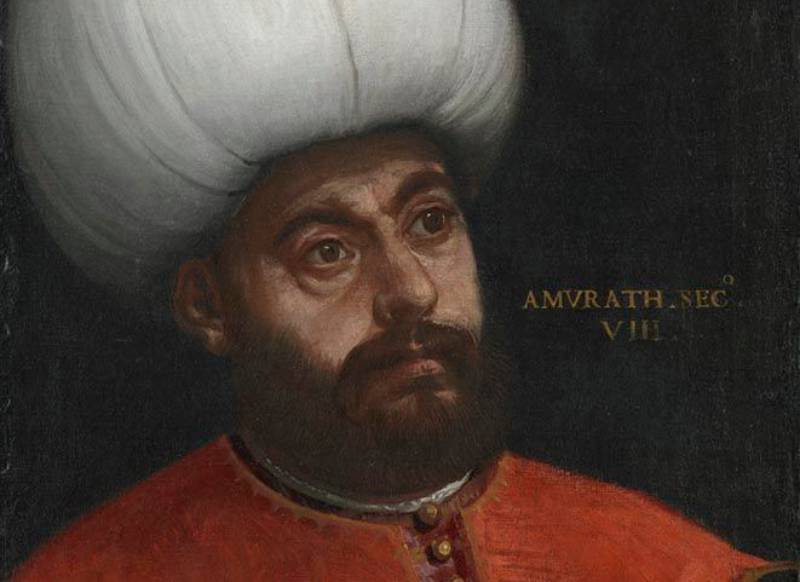 Paolo Veronese, Wikimedia Commons
Paolo Veronese, Wikimedia Commons
The Fallout
The Papal Army fell into confusion and disarray after the king was slain. Thousands tried to flee but were cut down in the chaos. When the dust settled, the casualty count eclipsed 60,000 men, and the Crusade of Varna came to a bloody end.





